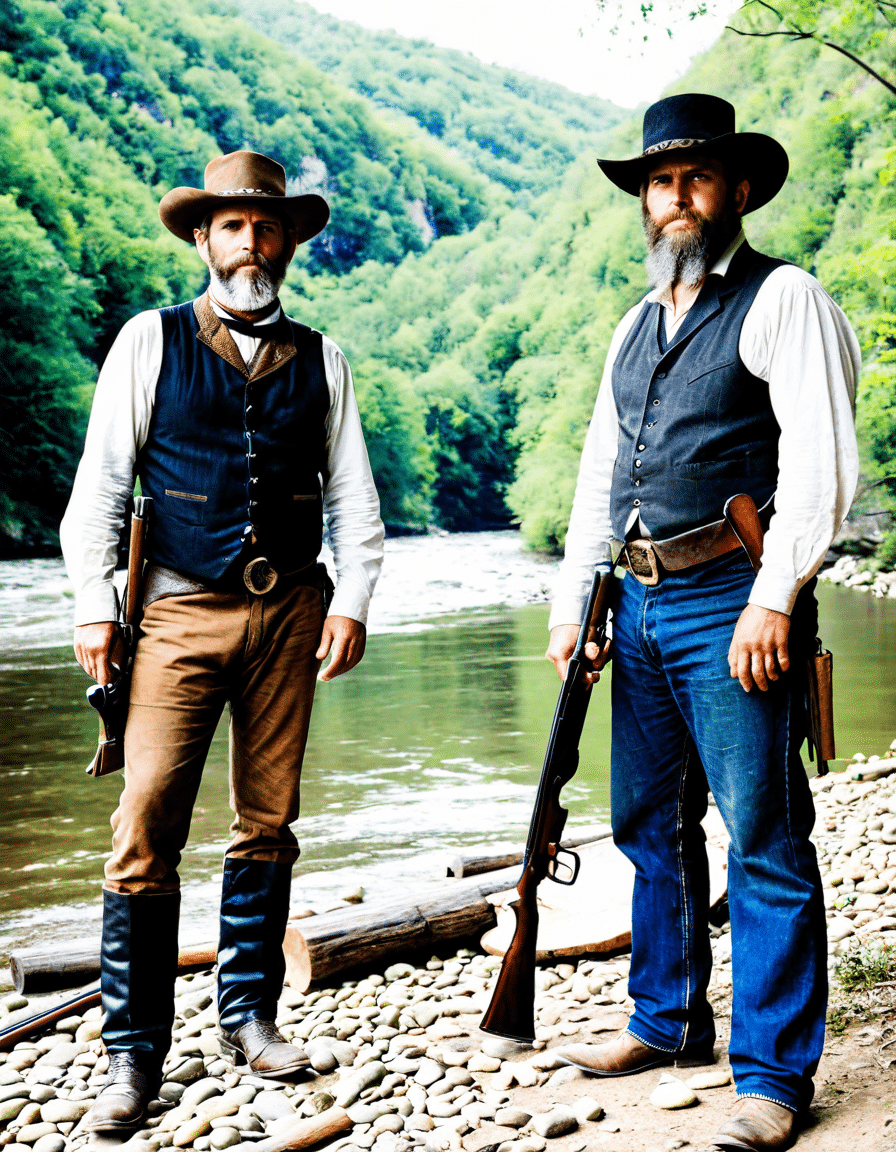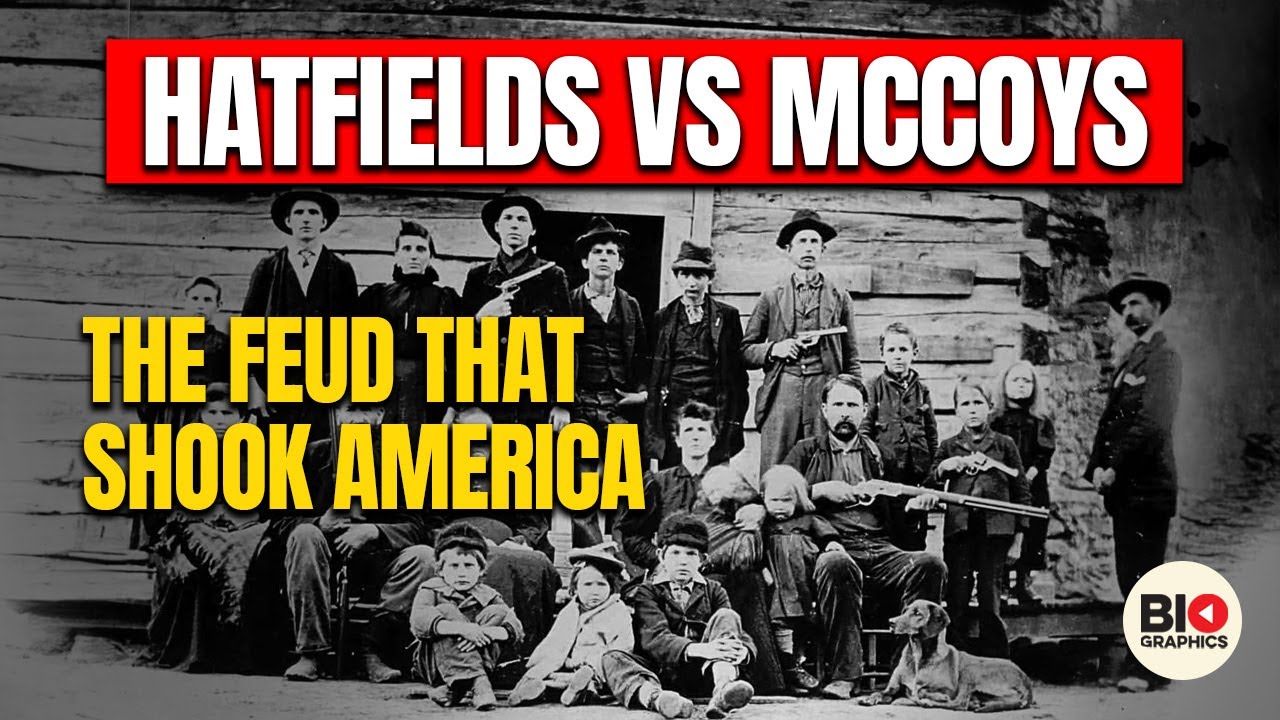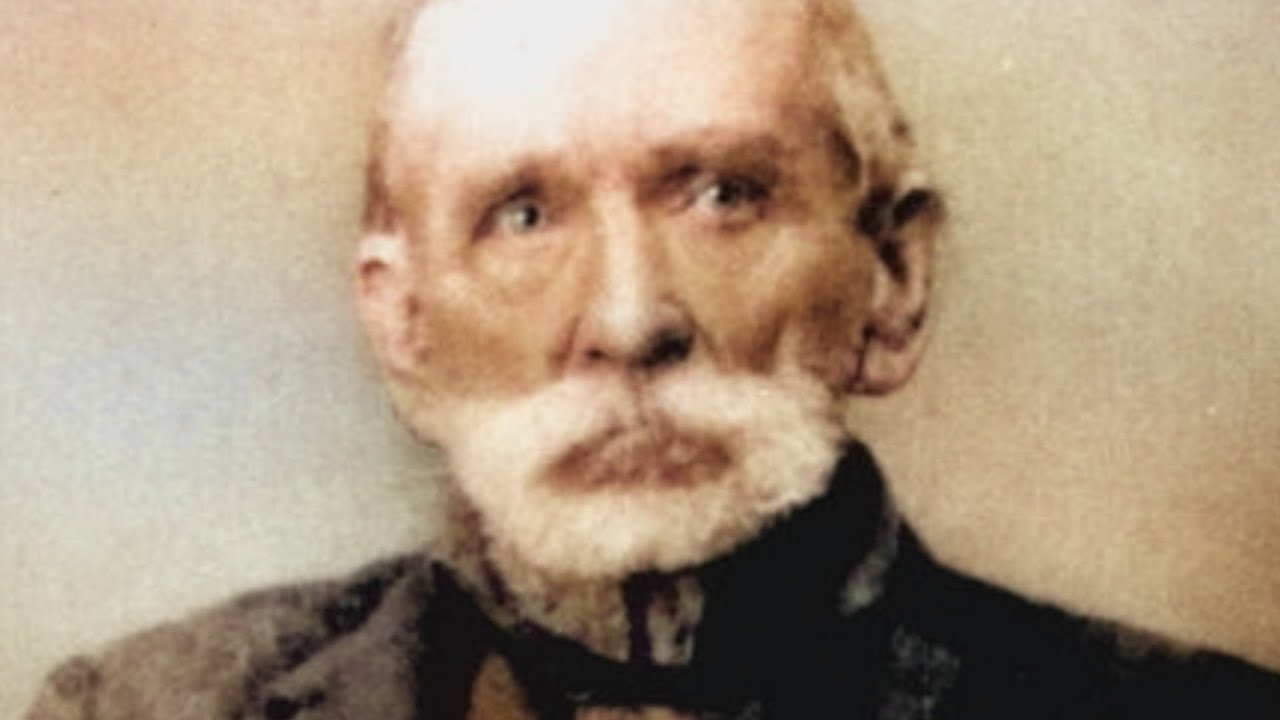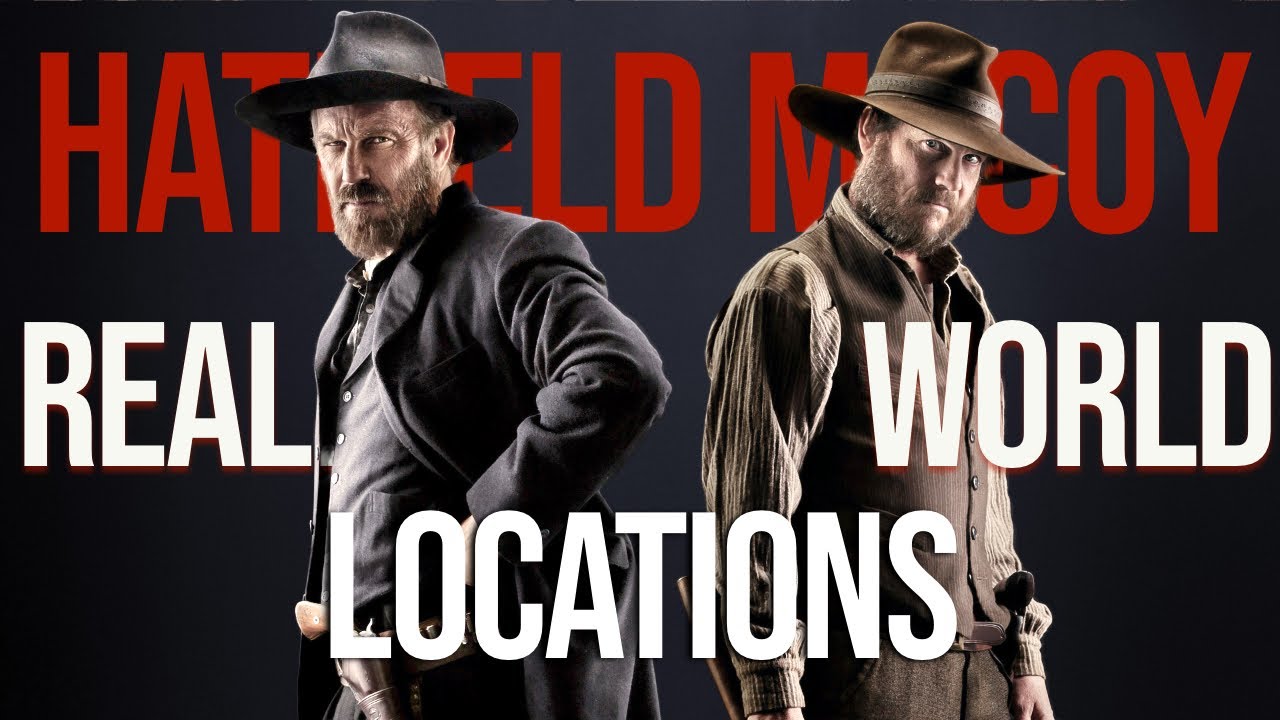The saga of the Hatfield and McCoy feud isn’t just an episode from the past; it’s a gripping tale that has shaped American folklore and cultural identity. This infamous conflict, which raged from the late 1860s into the early 1900s, involved two families—the Hatfields, led by William Anderson “Devil Anse” Hatfield, and the McCoys, led by Randolph “Randall” McCoy. Set against the backdrop of the Appalachian mountains, their dispute was ignited by property ownership, personal grievances, and socio-economic turmoil following the Civil War. Understanding this feuding dynamic provides insights into deeper societal issues and the enduring legacy of familial pride.
1. The Hatfield and McCoy Legacy: A Timeline of Tension
1865-1880: The Seeds of Conflict
The roots of the Hatfield and McCoy feud date back to post-Civil War America, where tensions ran high. The initial discord arose over ownership of land and livestock. A long-standing accusation that the Hatfields were stealing McCoy hogs sparked a bitter rivalry. These accusations became more than just complaints—they represented a challenge to personal honor, setting the stage for violence.
1882: A Red Letter Year
A turning point occurred in 1882, when one of the Hatfields murdered Randolph McCoy’s son, raising the stakes in a feud already filled with anger. This act of violence starkly illustrated how personal issues could spiral into chaos, demonstrating how a singular event can trigger widespread conflict. The ramifications of this murder were profound, leading both families deeper into a cycle of vengeance that would usher in more violence.
1888-1890: The Feud Intensifies
The years 1888 to 1890 marked the peak of turmoil. A brutal raid led to the burning of the McCoy home, pushing their disagreements into the public eye. In these tumultuous years, both families found themselves embroiled in a series of violent encounters that were as much about perceived honor as they were about land claims. This period solidified their feud, marking it as a significant chapter in American history.
1892: Legal Entanglements and National Attention
By 1892, the Hatfield and McCoy feud captured the nation’s attention. High-profile trials ensued, bringing the drama into newspapers across the country. These legal battles illustrated how local disputes could resonate broadly, reflecting the cultural and social tensions prevalent in a changing America. The feud became symbolic of many regional disputes, showcasing the power of story in shaping public perception.
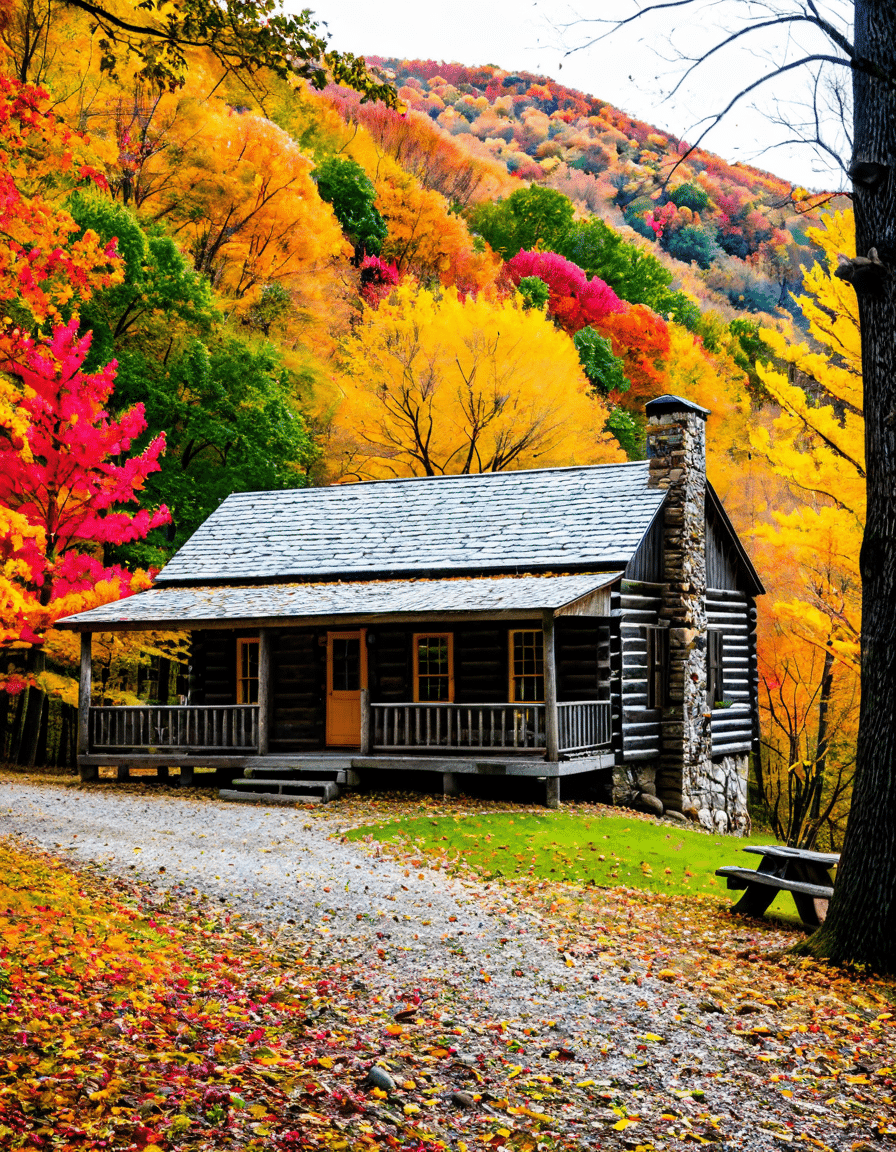
2. The Top 7 Lessons from the Hatfield and McCoy Feud
1. The Cost of Pride
Pride cost both families dearly, making it nearly impossible to find common ground. Their unwillingness to compromise serves as a poignant reminder of how pride can escalate conflicts beyond resolution.
2. Cycles of Violence
The Hatfield and McCoy rivalry conveys a stark warning about how personal grievances can lead to relentless cycles of violence. It emphasizes the importance of conflict resolution strategies to prevent such devastation from repeating.
3. The Impact of External Influences
External factors like timber rights and political interests made the feud wider than just family disputes. Such influences can aggravate local disagreements, showing how outside motivations can alter the course of even deeply personal conflicts.
4. Media Sensationalism
The hatfields and mccoys story generated considerable media attention, proving that sensationalism can amplify local disputes. This still holds true today, as media outlets increasingly magnify the problems of communities.
5. Cultural Symbolism
The feud has turned into an emblem of the American struggle, encapsulating tensions between rural and urban values. It’s a thread that continues to weave through contemporary discourse about America’s identity.
6. Family Legacies
The stories of descendants from both families underline that unresolved issues can linger through generations. It highlights the importance of addressing historical grievances to avoid passing conflicts onto future relations.
7. Reconciliation and Healing
In a twist of fate, descendants like Bill McCoy and John Hatfield are now working towards reconciliation. Their willingness to engage positively highlights the healing potential and optimism that can arise even from deep-seated animosity.
3. Hatfield and McCoy in Modern Media: The Continual Fascination
The Hatfield and McCoy feud endures in popular culture today, being a source of intrigue and dramatization. It captures our imaginations, reminding us of the power of storytelling.
Television Series
A notable resurgence in interest came with the 2012 miniseries “Hatfields & McCoys,” which starred Kevin Costner and Bill Paxton. This dramatization reached millions, presenting the feud reveling in the complexities of the characters involved, often blurring the lines between historical fact and fiction.
Literature and Documentaries
Histories like “The Hatfields and McCoys: The Feud That Made History,” penned by McCoy descendants, add depth to our understanding. By marrying personal stories with factual history, they offer a fuller picture, tackling issues of pride and loss.
Cultural References
The feud’s narrative continues to inspire modern entertainment, from movies to video games. Fight scenes and rivalries reflect broader themes of conflict resolution, showcasing how the enduring nature of the Hatfield and McCoy legacy influences narratives beyond Appalachia.
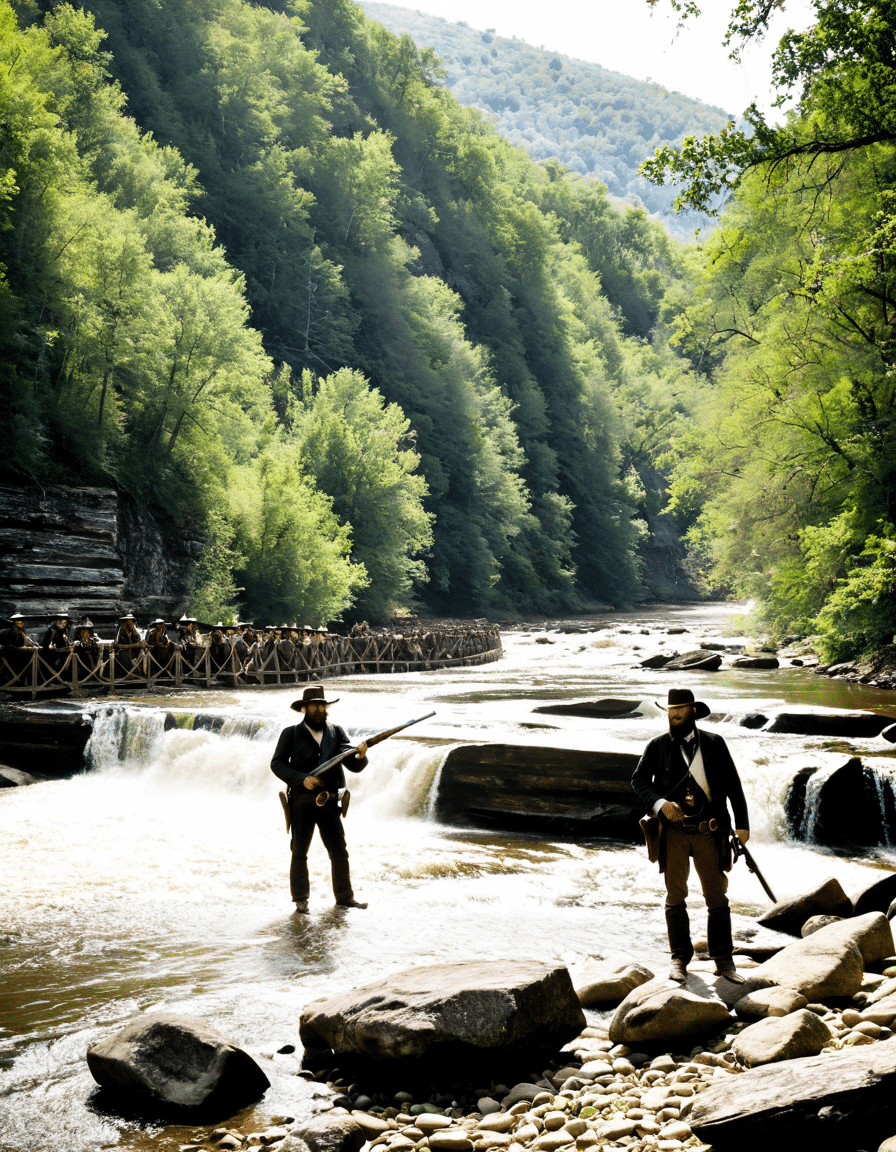
Bringing the Story Full Circle
The Hatfield and McCoy feud is much more than a tale of rural rivalry; it’s a powerful study of human behavior, relationships, and the perseverance of hatred. The conflicting legacies of pride, violence, and resolution provide critical lessons applicable in today’s world. As descendants seek to heal past wounds, they remind us that animosity can transform into understanding and compassion. The hope for unity amid discord reflects an ideal that resonates throughout modern conflicts. Just like the Minnesota Vikings qb fighting for victory, the story of the Hatfields and McCoys showcases that even the toughest battles can lead to resolutions and understanding.
The Hatfield and McCoy Feud: A Closer Look
A Tale of Two Families
The Hatfield and McCoy feud is more than just a wild story from history; it’s a glimpse into the gritty life of 19th-century America. Originating in the Appalachian mountains, this infamous rivalry sparked a chain of events that led to violence, misunderstandings, and, believe it or not, even some comic moments! Did you know that the feud was partially ignited by a disagreement over a pig? This pig, reportedly worth about $1,000 in today’s dollars, became the catalyst for a decades-long battle. It’s a bit like how Yung Miami And Diddy can spark media frenzy with a rumor; sometimes, it’s all about perception and misplaced values!
The Feud’s Lasting Legacy
Over the years, the feud has inspired countless adaptations in media, echoing the fervor of TV Shows With Nicholas chavez. Just like how drama captivates today’s audiences, the legendary feud did the same in its day—a saga so wild it makes you question what folks might argue about in modern times. Imagine a dispute escalating as absurdly as debating the merits of a Lego gun in today’s more peaceful landscape. The Hatfields and McCoys lived a life where the stakes were much higher, making us realize how far society has come.
Fun Facts and Trivia
This feud also gave birth to a number of myths and legends. For instance, both families claimed to be the “real” Americans, fighting to defend their honor. In a contemporary twist, it reminds one of the ongoing dialogue surrounding the State Of The Union 2025, where talks of identity and pride still resonate strongly. There’s even evidence suggesting the two families contributed foundational stories to America’s cultural landscape, akin to the surprising depth of a good cup of Cometeer coffee that keeps you engaged long after the first sip.
In essence, the Hatfield and McCoy tale serves as a cautionary tale. It teaches us about the consequences of letting anger and feuds snowball out of control—kind of like the quirkiness of having dental Chews For Cats in a dramatic pet shop showdown! So, while these two families no longer throw down in the hills, their legacy lives on, reminding us that everything has a history, and sometimes it’s best to learn from it.
